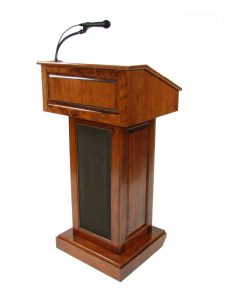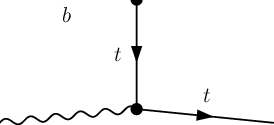
My undergraduate years were dominated by the theater. Most of my free time and a substantial percentage of what should have been class time was spent working on some aspect of the Princeton Triangle Club. By the time I graduated, I had done most every job backstage that existed and been elected an officer of the Club.
Shortly after I graduated, I was elected a Trustee of the Club. Members of Triangle that you are likely to have heard of include Jimmy Stewart, Jose Ferrer, Josh Logan, and Brooke Shields. My four years flowed into an additional ten as a Trustee.
That continuity gave me some perspective about organizations that I might not have gotten otherwise. This perspective had to do with history, tradition, and time horizons. At that time the club was about 90 years old. We had lots of history and history implies traditions. But I discovered a curious thing about traditions. For most members of the club, history was whatever happened during their four years.
There was no way to differentiate between a tradition stretching back decades and an accidental string of events covering your undergraduate tenure. I was frequently bemused and amused by how often I heard undergraduates tell me “this is the ways it’s always been done” about something first done three years earlier.
I suspect this had a lot to do with my focusing on the interplay between innovation and organizational change. The part of me fascinated by technology seeks out change. What new way have we dreamed up to make some piece of technology obsolete? Who needs a bank teller when we have an ATM? Why bother with cash when you have Venmo?
The Triangle Trustee part of me that sees a tradition crystallized out of a short span of experience is sympathetic about those who’ve just figured out how to swipe their credit card and are tripped up by the new card with a chip instead of a magnetic stripe. Doubly confused, perhaps, when the new card has both a stripe and a chip.
In a sense, we’re all stuck as undergraduates. Whatever we encounter is always “the way it’s always been done” as far as we can tell. It takes time and deliberate effort to separate the threads of useful tradition and accidental stability.


 Despite how long ago it was, my university education was still an expensive proposition. Part of my financial aid package was an on campus job. In my freshman year, that job was working as a janitor in my dorm. Dealing with the bathrooms on Sunday mornings was not a pleasant experience.
Despite how long ago it was, my university education was still an expensive proposition. Part of my financial aid package was an on campus job. In my freshman year, that job was working as a janitor in my dorm. Dealing with the bathrooms on Sunday mornings was not a pleasant experience. Have you learned to have a healthy suspicion about “the way things are supposed to be”?
Have you learned to have a healthy suspicion about “the way things are supposed to be”? I got involved in theater early on in my high school days. I was quite happy working backstage in various capacities. There was a production that a friend, Kathy, persuaded me to audition for with her. It was terrifying, a disaster softened only by being mercifully brief. Clearly, I was not cut out for the stage; I wasn’t brave enough.
I got involved in theater early on in my high school days. I was quite happy working backstage in various capacities. There was a production that a friend, Kathy, persuaded me to audition for with her. It was terrifying, a disaster softened only by being mercifully brief. Clearly, I was not cut out for the stage; I wasn’t brave enough. It was the prototypical professor’s office. Book lined shelves, stacks of paper on most horizontal surfaces, ivy-covered walls visible across the courtyard. The day before, we had paid a visit to a potential case site. I was a newly-minted case writer meeting with my boss, Professor Cash. I was a former student and had left a lucrative consulting job In a quest to obtain a doctoral degree.
It was the prototypical professor’s office. Book lined shelves, stacks of paper on most horizontal surfaces, ivy-covered walls visible across the courtyard. The day before, we had paid a visit to a potential case site. I was a newly-minted case writer meeting with my boss, Professor Cash. I was a former student and had left a lucrative consulting job In a quest to obtain a doctoral degree.